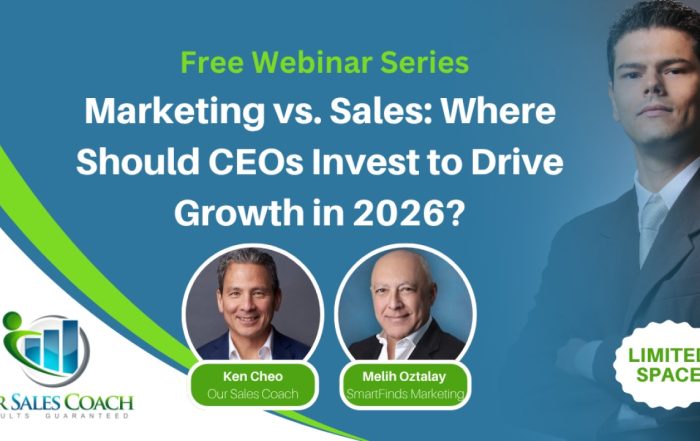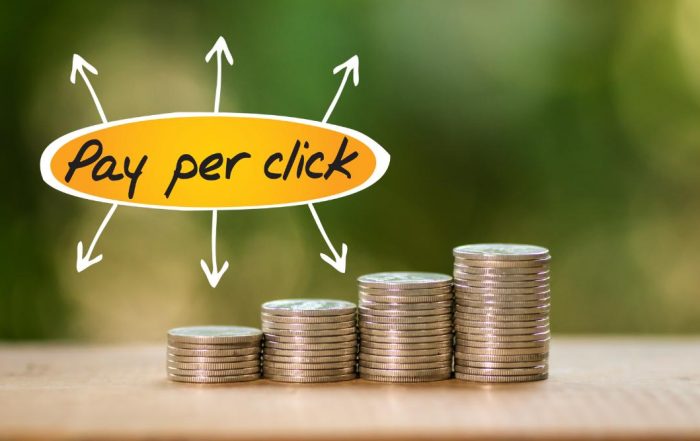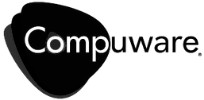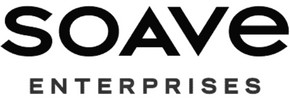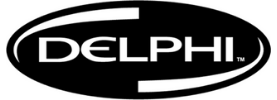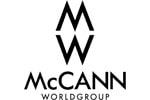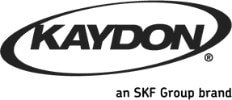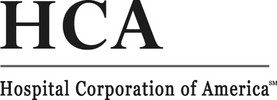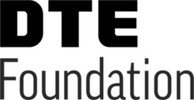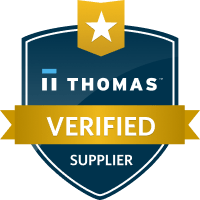
6 Essential Web Marketing Metrics a CEO Should Know
To get a handle on how good your conversion rate optimization (CRO) is working, you need to track important digital marketing metrics.
President Harry S. Truman frequently used the phrase “the buck stops here,” and over the years it has come to apply to leaders in practically every sphere of life. As a CEO, you carry a lot of responsibility for leading your organization and setting up all your stakeholders for success. It’s a hard job, and to get it done it’s essential to focus on the things that truly drive your company forwards. To get a handle on how good your conversion rate optimization (CRO) is, you need to track and understand these top six web marketing metrics.
Join the conversation on LinkedIn’s article titled, “The 6 Essential Web Marketing Metrics Every CEO Should Know“.
1. Customer Lifetime Value
Customer lifetime value (CLV) is the measurement of each individual customer’s value to your company across the entire duration of their relationship with you. It’s vital for a CEO to know how much the company makes out of customers on average.
What this tells you:
The CLV helps you maximize your existing customers’ value and aids in business planning, because it enables you to run more accurate projections on future sales and revenue.
2. Customer Acquisition Cost / Ratio
Your customer acquisition cost (CAC) is the amount it costs you in both money and other resources to secure a new customer. When you divide your sales and marketing expenses by the number of new customers, you can determine how much each customer costs to capture. To stay competitive, a company’s CAC to LTV ratio should ideally be one-third to one-fifth of a client’s lifetime value.
What this tells you:
This metric tells you what return you are getting on your marketing investments, your company’s profitability, and the profit margin you operate within.
3. Lead Conversion Rate
If you’re practicing robust conversion rate optimization, you can expect a higher percentage of the leads to become customers. The lead conversion rate measures the percentage of leads that end up converting to sales. To calculate this rate, you take the number of leads converted to sales in a specific period and divide that by the number of leads generated during the period.
What this tells you:
This metric shows whether you’re reaching and attracting the right audience with your website lead generation activities, and how effective your marketing strategies are.
4. ROI
Most people know ROI stands for Return on Investment, and when you’re talking marketing metrics, it’s the measurement of return on your marketing investment. This investment includes website design, advertising, email marketing, sales promotions, and even the cost of your sales team—essentially everything you invest in attracting customers and ensuring that their user experience (UX) is positive and fruitful.
What this tells you:
Your marketing ROI tells you whether your marketing strategy is profitable for the company and the degree to which it contributes to revenue growth.
5. ROAS
While it’s super-important to know the ROI on your overall marketing, your return on advertising spend (ROAS) provides a CEO with a different type of business intelligence. This metric helps you calculate the efficiency of your advertising campaigns by determining the value of business your company earns for each dollar spend on ads. You can calculate this by dividing the revenue generated from advertising by the amount spent on advertising, multiplied by 100 to get a percentage.
What this tells you:
Knowing your ROAS percentage enables you to determine whether the advertising you’re paying for generates revenue effectively.
6. Conversion %
The conversion percentage is the number of sales you get divided by the number of visitors to your website. A positive conversion rate is 10% or higher, with some companies realizing an average of 11.45%. Getting a rate of more than 10% puts a company in the top 10% of global advertisers, making the conversion rate two to five times better than average companies.
What this tells you:
Your conversion percentage tells you how well your digital marketing is working and whether changes are needed to improve your conversion rate optimization.
Other metrics also have value, such as cost per click, cost per conversion, etc., but those are issues that your marketing and financial people can focus on.
The CEO really needs to have a big-picture view of the current CRO to determine whether the marketing team’s work is worth the money, time, and effort it takes to make it happen. After all, the buck stops with you.
For more information on how to gather and interpret essential web marketing metrics for your company, please schedule a call with us.
Easy Conversion Rate Optimization Tutorial
Ready to get to work?
Fill out the form below to start your customized CRO program today.
Catch-up on our other articles about Conversion Rate Optimization:
…and find more from our “Learn from the Pros” webinar series on the CRO topic.
Author: Melih Oztalay










